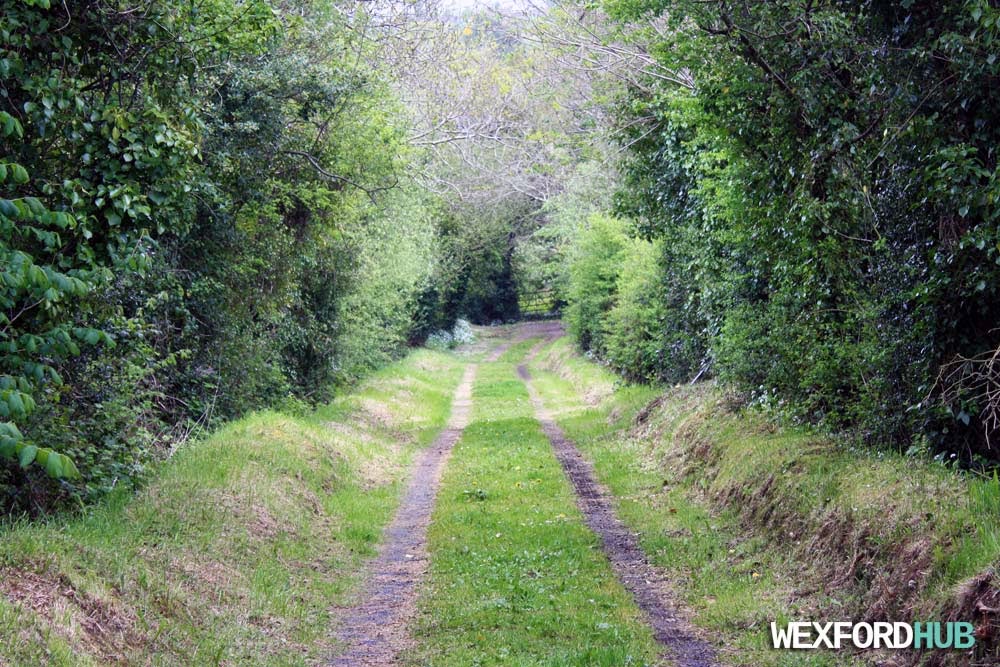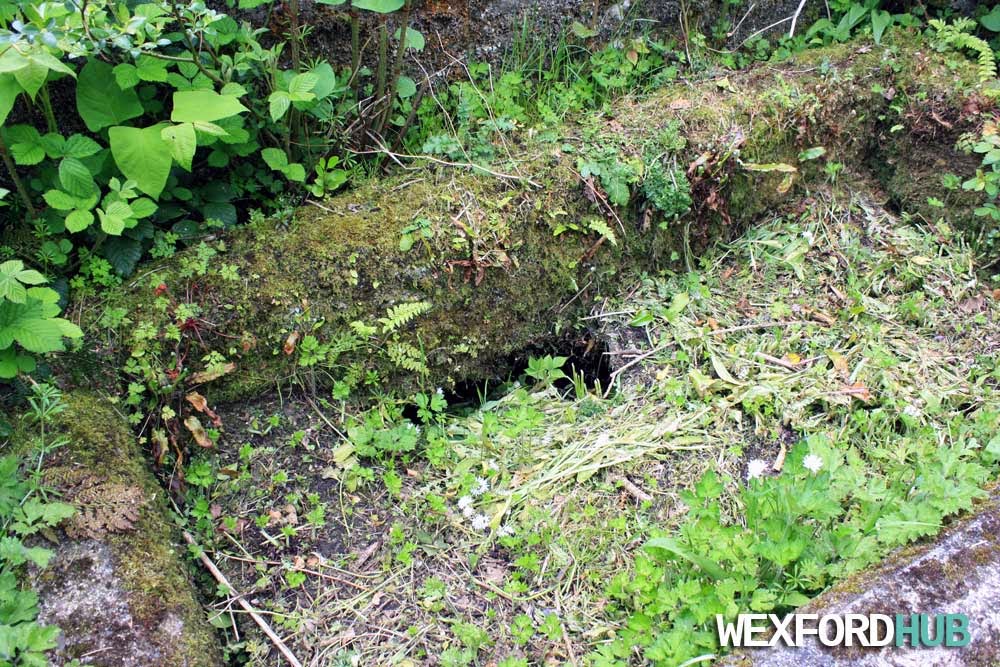The gate is closed most days of the year, forcing visitors to climb over the steps in the wall:

A close-up shot of the memorial plaque, which honours those who died in the 1798 Rebellion. The Irish / Gaeilge means: "May they all be at the right side of God."

A grass pathway leads to the inner gate of the graveyard:

The inner gate, which is also closed:

Many of the graves are in a bad state - having been weathered down over the centuries:

Some of the headstones are now broken into pieces:


An old crypt / mausoleum of some sort:


Collapsing graves are not a pretty sight:

Carrig Graveyard is home to many unmarked graves, as families in those times (pre-1800s) were often too poor to be able to purchase a headstone:

Many of the headstones that you see in the graveyard belong to people who died in the late 1800s / early 1900s:


It is impossible to tell how many people are buried here, as communal mass graves were a common thing in earlier centuries (the cost of purchasing a plot would have been out of reach for many a grieving family).


Unnamed:

For more information about the graveyard and its location, click here.

No comments:
Post a Comment